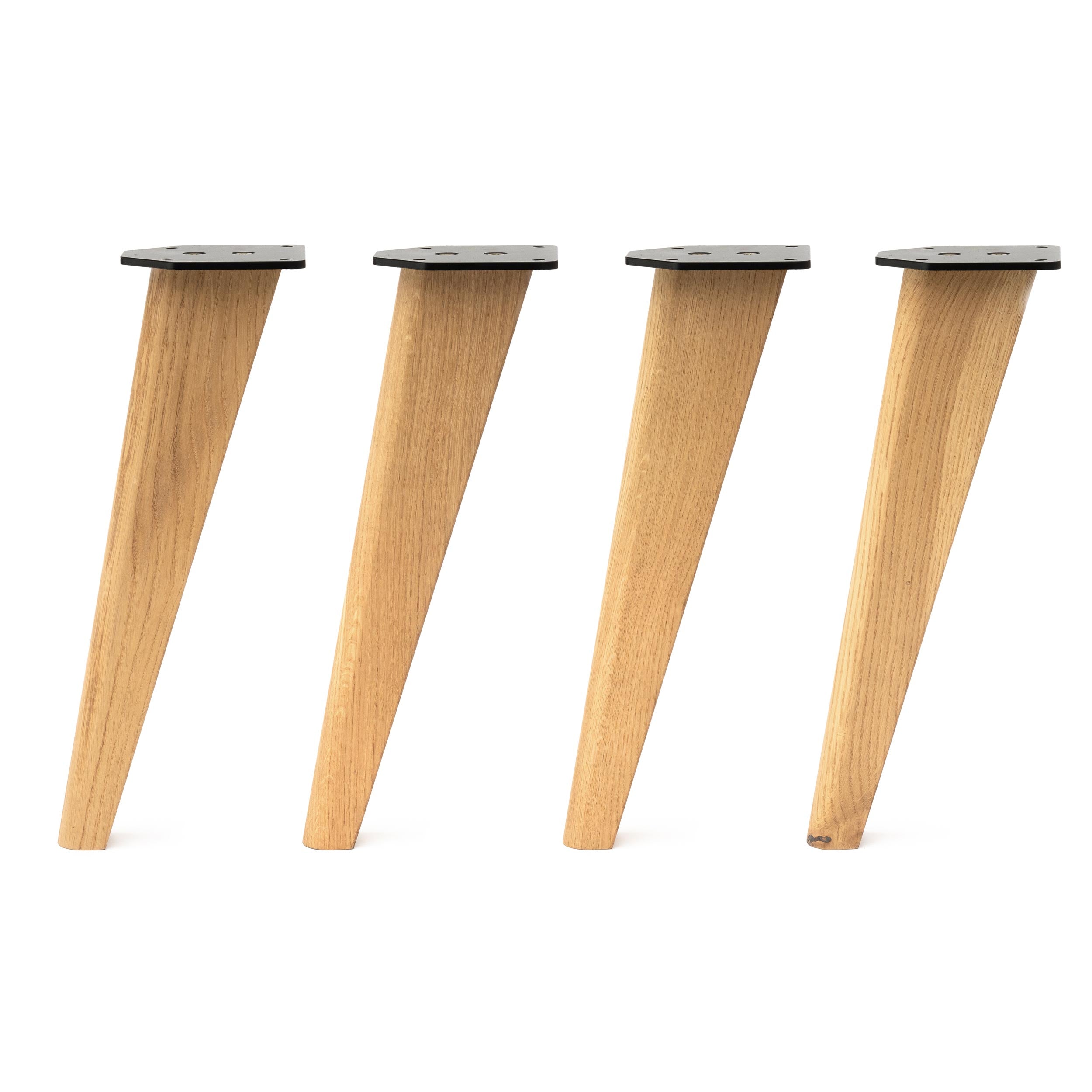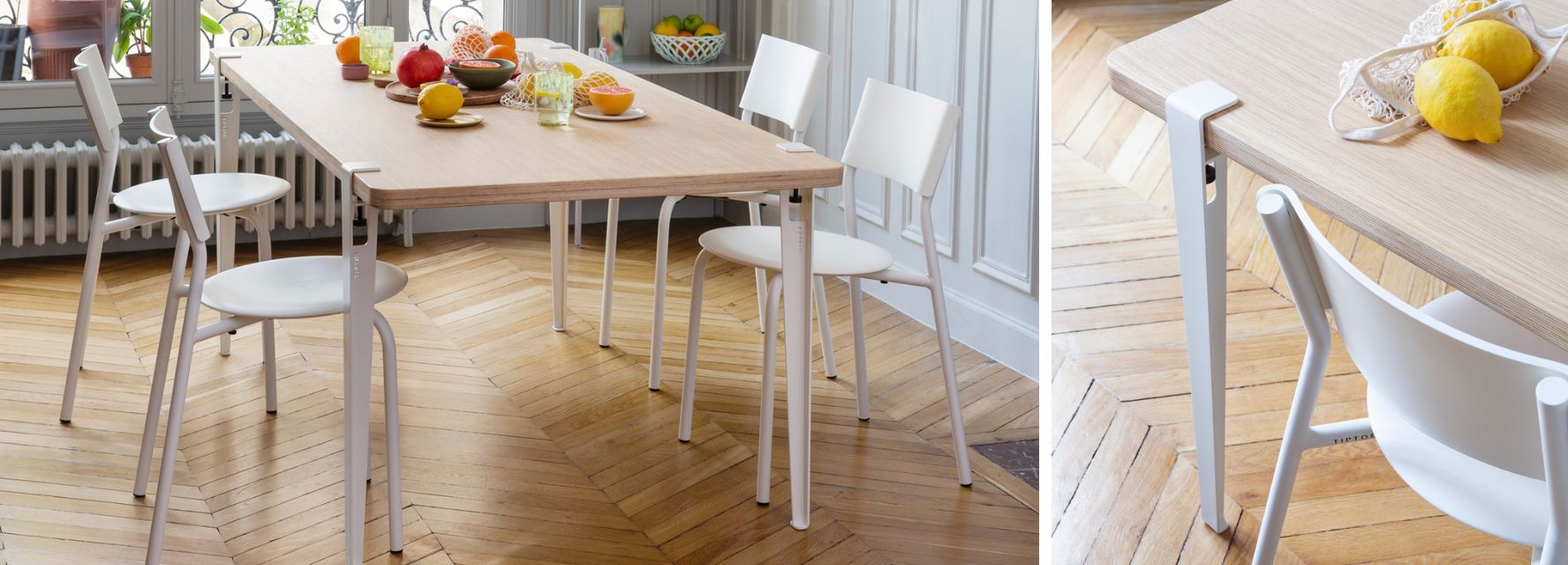Redefine Your Table's Charm with Lovely Dining Table Legs Wood Designs
Redefine Your Table's Charm with Lovely Dining Table Legs Wood Designs
Blog Article
Exploring the Different Sorts Of Table Legs Wood for Your Dining Room
The choice of dining table legs wood can profoundly impact both the visual and useful high qualities of your dining space. Solid wood alternatives, such as oak and walnut, give a classic appearance with unequaled sturdiness, while crafted timber options use innovative designs that resemble the richness of all-natural grains. In addition, the expanding trend of reclaimed timber introduces a lasting element that allures to environmentally conscious consumers. As we discover these different options, it comes to be vital to consider not only the visual charm however likewise the functional effects of each product option. What aspects should assist your decision?
Strong Timber Options

Unlike crafted products, solid wood is less susceptible to warping and damage over time when appropriately preserved. Each piece of solid timber is distinct, showcasing specific qualities that include to the charm and personality of the eating table.
Furthermore, strong timber can be completed in countless methods, varying from natural oils to tarnished surfaces, permitting property owners to customize their furniture to match their decoration. In summary, picking solid wood for eating table legs not just makes sure architectural stability however also improves the aesthetic charm of the eating location, making it a rewarding financial investment for any kind of home.
Engineered Timber Alternatives

Plywood, constructed from several layers of wood veneer, is specifically strong and stable, making it a superb option for dining table legs. Its layered make-up allows it to withstand modifications in humidity and temperature better than typical solid wood. MDF, on the various other hand, offers a smooth surface for painting or veneering, enabling designers to accomplish a sleek look while keeping architectural stability.
When picking crafted wood choices, it is important to take into consideration the desired use and desired visual. These products not just improve the functionality of dining rooms yet also enable for better style adaptability, guaranteeing that typical and contemporary designs can exist together sympathetically.
Reclaimed Wood Includes
Redeemed timber supplies an unique blend of sustainability and character, making it a progressively preferred option for eating table legs. Sourced from old barns, manufacturing facilities, and various other frameworks, redeemed timber symbolizes a history that new products simply can not reproduce. Each piece carries its own tale, noted by unique blemishes, knots, and differing grain patterns, which add to a click this link table's one-of-a-kind aesthetic allure.
In enhancement to its visual charm, recovered timber is an eco pleasant alternative. By repurposing previously utilized materials, it minimizes the need for new lumber, thus helping to reduce and preserve woodlands waste. This aligns with an expanding consumer choice for lasting click methods in decor.
Moreover, redeemed timber is typically much more long lasting than freshly collected wood as a result of its age. The natural drying procedure that recovered timber undertakes lead to a denser and more powerful material, making it less susceptible to warping and splitting. This boosts the long life of eating tables, allowing them to stand up to the rigors of daily usage.
Softwood vs. Wood
When picking eating table legs, understanding the distinctions between softwood and hardwood is critical for attaining both visual and useful goals. Softwoods, stemmed from coniferous trees, such as pine and cedar, are characterized by their lighter weight and simplicity of adjustment. They generally display a more rustic look, making them appropriate for country-style or casual eating areas. Nonetheless, softwoods are typically less long lasting than woods, which can be a factor to consider for households or those seeking durability in their furniture.
On the various other hand, hardwoods, sourced from deciduous trees like maple, cherry, and oak, are renowned for their thickness, toughness, and durability. The complex grain patterns and abundant tones of woods offer a ageless and sophisticated allure, making them optimal for official dining settings. While hardwoods often tend to be much more expensive and larger, their durability versus wear and tear often warrants the investment.
Eventually, the choice in between softwood and wood for dining table legs need to align with your layout vision, use demands, and budget plan, ensuring that your eating area reflects your personal style while continuing to be practical in time.

Treatments and finishes
The visual allure and long life of table legs can be considerably improved with numerous finishes and therapies. These procedures not only safeguard the wood from damage yet also boost its appearance, enabling it to enhance varied indoor styles.
One usual treatment is staining, which permeates the wood and boosts its natural grain while including shade. Discolorations provide a rich, classy look, making it possible for property owners to match their furnishings with existing style. On the other hand, clear coatings such as polyurethane or varnish develop a protective layer without altering the wood's initial tone, guaranteeing durability against wear and tear.
In addition, all-natural oils, like tung look at this site or linseed oil, nurture the wood and provide a refined shine, all while being green. These oils permit the surface area to take a breath, preventing dampness buildup and prospective bending.
For those looking for a rustic charm, weathered or troubled coatings can be related to develop an aged appearance, including character to the item. Inevitably, the option of coatings and treatments depends upon personal preference, desired aesthetics, and the certain wood kind, making it vital to think about these factors when selecting table legs for your space.
Conclusion
Solid woods, crafted options, and redeemed options each deal distinctive benefits, providing to various preferences and demands. Ultimately, the selection of wood kind must straighten with wanted design, sturdiness, and ecological factors to consider, enhancing the overall eating experience.
The choice of eating table legs wood can profoundly affect both the practical and visual top qualities of your dining room - Dining Table Legs Wood. Solid timber options, such as oak and walnut, supply a traditional appearance with unparalleled durability, while engineered wood options supply innovative designs that resemble the richness of all-natural grains. Solid wood supplies a timeless top quality that can boost the general style of a dining space. Each piece of strong timber is one-of-a-kind, showcasing specific characteristics that add to the appeal and character of the dining table
In addition, reclaimed wood is frequently extra resilient than recently gathered timber due to its age.
Report this page